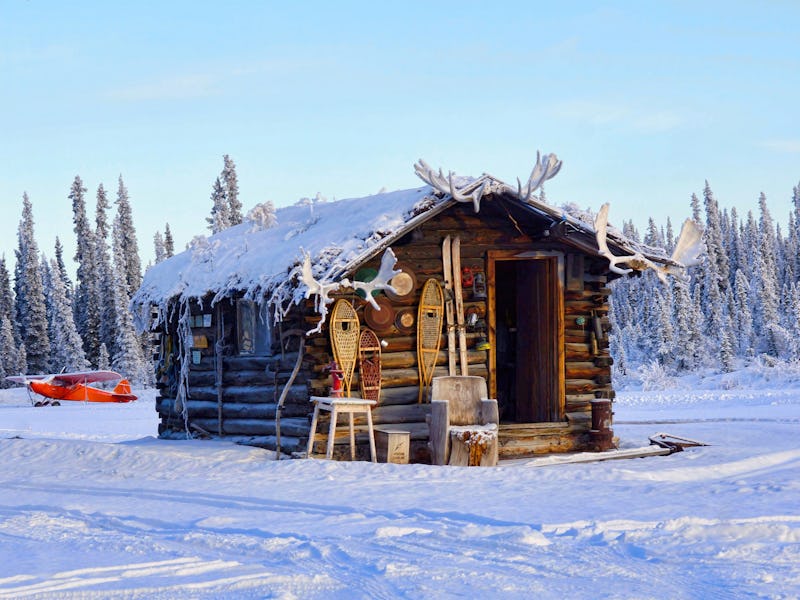Three Ways Climate Change Affects the Arctic Real Estate Market
It's a bear market.

Most people think about the Arctic as a cold and barren place, populated mostly by seals and polar bears, but in reality about 4 million people call the Far North home. Whether they are indigenous to the area or followed jobs, northerners around the globe are blessed to live in a place of rugged beauty.
The Arctic is also a place of rapid change. Thanks to climate change, temperatures are rising in the Arctic twice as fast as other places on the planet. Sea ice is melting, and sea levels are rising. If you’ve been dreaming of Buying Alaska, you’d be wise to consider the wider climatic picture in your home purchase. A changing environment can affect the housing market, as well as the homes themselves, in significant ways.
The good: Warmer winter temperatures
The average daily low temperature in Fairbanks, Alaska, is minus-17 degrees Fahrenheit in January. If that sounds incomprehensibly cold, imagine having to cover every inch of skin before leaving the house lest you feel like tiny needles are stabbing into your face. The moisture from your breath condenses and freezes on your eyelashes, and you have to occasionally pick away the ice chunks to prevent your eyelids from freezing shut. Throw a kettle of boiling water into the air and it will freeze before hitting the ground.
If weather that cold isn’t your cup of tea, there’s good news — climate change has already increased winter temperatures in Alaska by an average of 6 degrees. That is dramatic. The effect on homeowners is not only an uptick in livability, but also a decrease in winter home heating costs, which can be significant.
It’s not all great news though — warmer air holds more moisture, and some parts of the Arctic that have become accustomed to unreasonably bright summers are having to adjust to a lot more wet and grey. Yuck.
The bad: Permafrost melting
Depending on where you are, a melting permafrost could throw a pretty serious wrench in your dream-home plans. Through much of the Arctic, it’s so cold that the ground is frozen all-year-round. If you build a house on that land, you’d better be pretty sure that the ground is not going to melt away from underneath it. And yet it’s happening all over the North.
A Russian home sinks into melting permafrost.
It’s not just a warming climate that affects the strength of the foundation. Clearing vegetation to make way for buildings and pavement can quicken permafrost melting, and so can basements that leak heat into the ground around them. If you plan to build or buy a house on frozen ground, you’d be wise to do your research.
The ugly: Winter storms
Like lots of places around the world, the coastal Arctic is grappling with higher sea levels as global ocean temperatures rise. But it’s storms, more than sea level rise, that are most dramatically threatening maritime communities. Warmer water and air temperatures are driving unprecedented winter storms through the North, and the consequences can be disastrous.
In Canada’s Mackenzie River basin, a record-breaking storm surge in 1999 pushed salt water into the vast, low-lying delta ecosystem. Vegetation died out across 32,000 acres, and little has recovered since.
Kivalina, Alaska.
Storms also hasten the coastal erosion that threatens some Arctic communities. Take Kivalina, Alaska — its residents are America’s poster children for climate change refugees. Sea level rise and erosion threaten to swallow the town whole within a decade. So maybe don’t buy a house there.
It’s worth noting that for all the ways that climate change affects the price of an Arctic home, these pale next to larger economic factors. It’s jobs — historically in oil and gas, and mining — that bring people north and stimulate real estate markets. The fossil fuel industry has brought to the North both economic prosperity and the seeds of destruction.